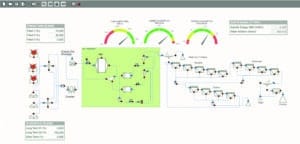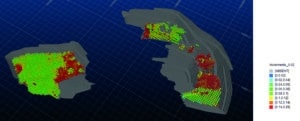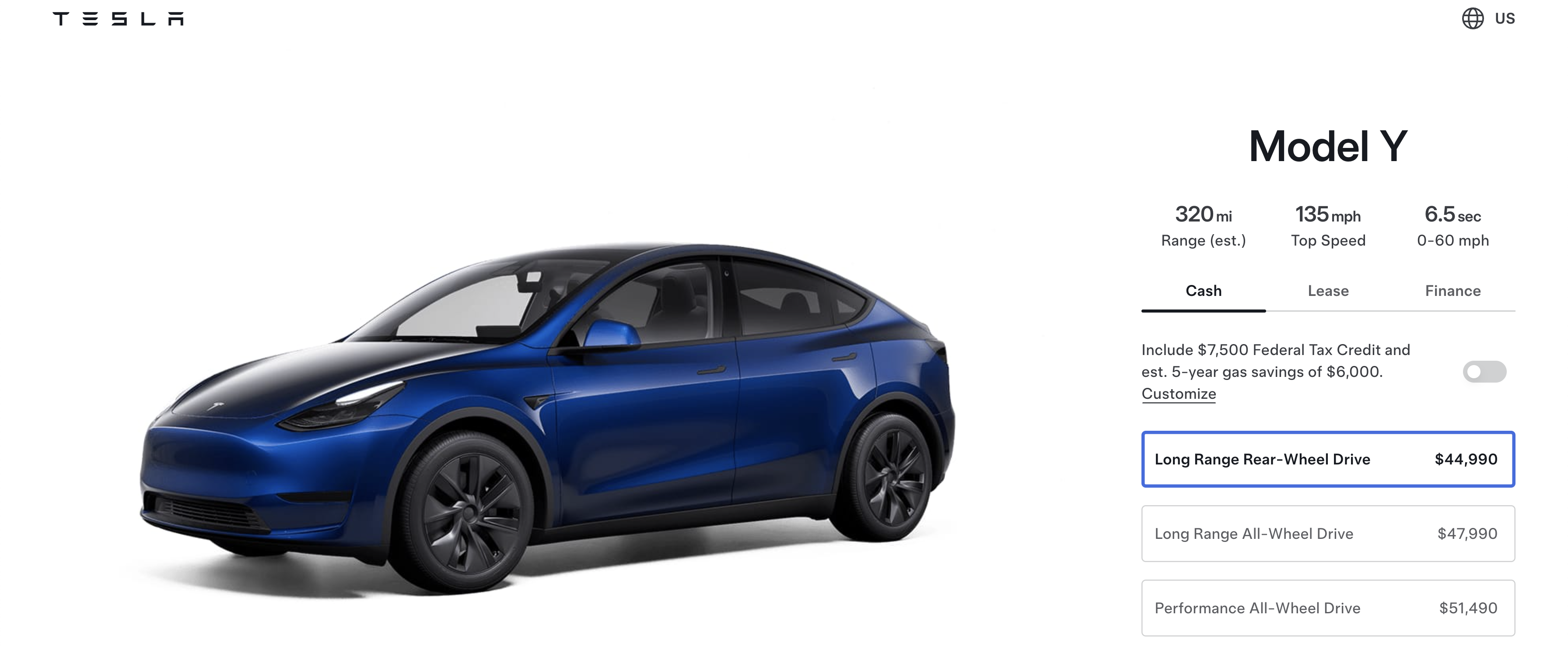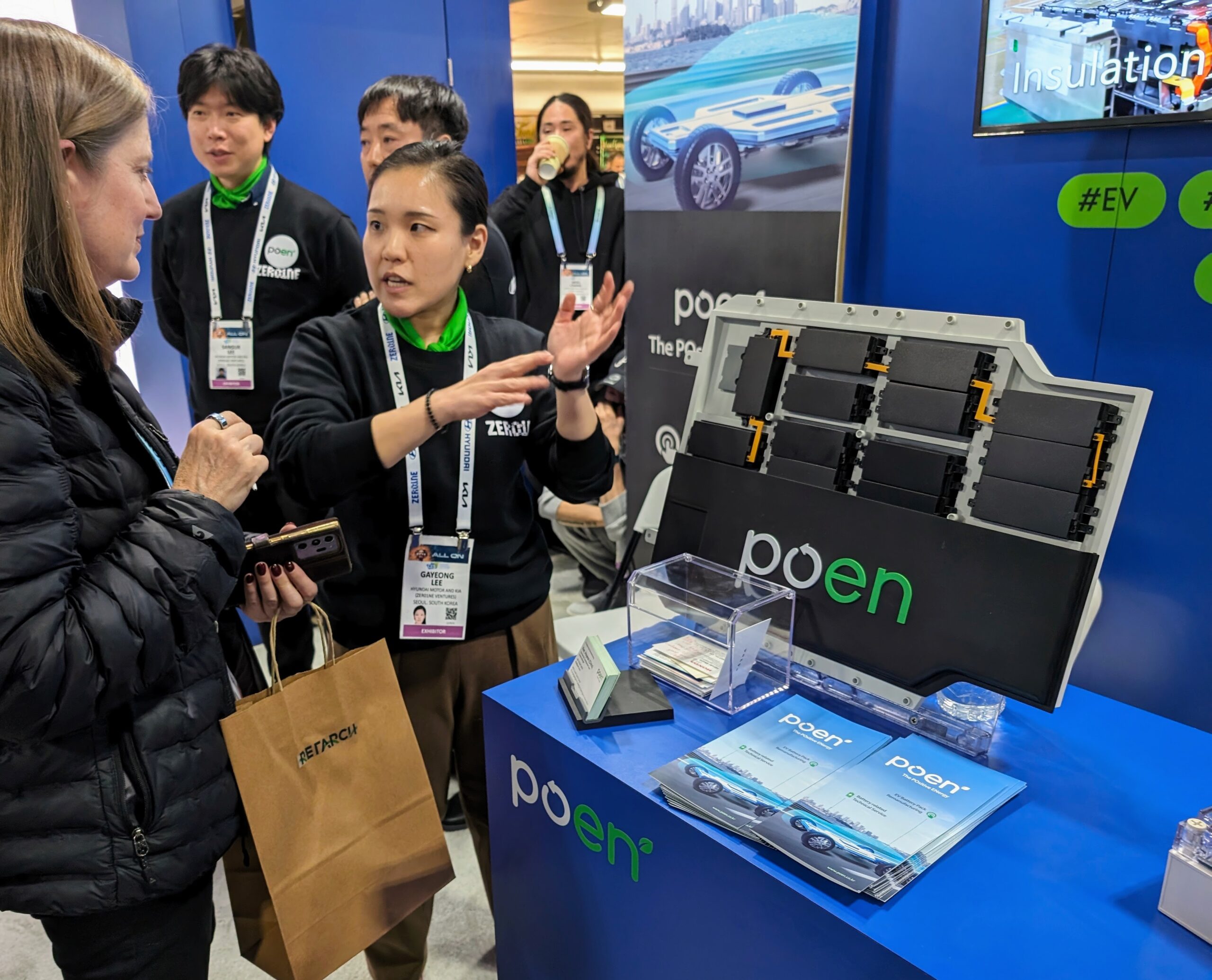Orica Digital Solutions’ Integrated Extraction Simulator runs thousands of simulations to support more informed decision-making on a mine site.
Australia’s eminent technology sector continues to inspire new processes and methodologies in the country’s mining sector.
And there are few digital offerings with as much operational breadth and compatibility as Orica Digital Solutions’ Integrated Extraction Simulator (IES), a software application that enables the rapid evaluation of processing scenarios from mine-to-mill and beyond.
The fact that IES is cloud-based means it can run thousands of simulations in a short space of time to support more informed operational decision-making.
“Mining and mineral processing is decision-making under uncertainty,” Orica Digital Solutions manager for technology (IES) Greg Shapland told Australian Mining.

“There is typically sparse data available regarding geometallurgical characteristics, and therefore we must make estimations and assumptions. Orebodies are variable, as well, which means variability in data and riskier decision-making.
“To understand risks, it’s important to be able to run simulations, ask questions and get answers. Some outputs will make sense, and some outputs will come as a surprise.
“IES provides the ability to run simulations over a broad area and understand, ‘Where do I need to drill in deeper and find out more information?’
“This could ultimately lead to more informed decision-making and improved operational performance.”
Shapland used an example to elaborate on his point.
“Take rock hardness,” he said. “You might not have a great understanding of the hardness variability of future ore. In IES you can easily run thousands of simulations, and you look at the sensitivity of hardness.
“IES simulation extends to blasting, so through the platform you can also look at fragmentation and what impact that has on throughput and consequently profit.
“Maybe this doesn’t deliver the desired level of insight, because it turns out the throughput of your circuit is quite sensitive to hardness.
Then you can focus on capturing more information about the hardness of your rock and better optimise your circuit from there.
“This will help you not only optimise but understand where to prioritise focus and investment to realise value.”
IES is versatile in that it can deliver insights to guide short-, medium- and long-term mine planning along with operations. This could be to plan material destinations for 12 months or more, or tweak feed blends and process plant set points for next week’s schedule.
“It’s important to recognise that not every flowsheet in IES contains blast, comminution and flotation models,” Shapland said. “It can build to include these, but often the opportunity is around the interfaces.
“Between comminution and flotation or leaching, operators can ask themselves, ‘Do I have the right grind size? What’s the trade-off between throughput and recovery?’
“IES can help operators answer these value-driven questions.”
IES can create models for any mine-to-mill use case and enable a company to assess any scenario, whether for now or into the future.
The platform is agnostic and can be integrated with other Orica Digital Solutions technologies, as well as other industry applications, which can be seamlessly integrated with IES. Most importantly, and despite the sheer volume of data that underpins the platform, IES is being made simpler to interact with a wider array of users who can extract value from it.
“Some users don’t see the data-filled IES flowsheet interface,” Orica’s mine-to-mill senior manager Angelo Labriola told Australian Mining.
“They just need to interact with a companion user interface to IES that automatically integrates source data and queries IES in the background, enabling them to see exactly what they need to in order to make role-specific optimising decisions in the context of the wider value chain.

“I was recently speaking to one of our longer-term users in North America. This individual’s role is around long-term strategic planning. I asked him, ‘Why do you use IES? How does it generate value?’.
“For him, the integrated nature of the application and the fact he can use one application to simulate everything from orebody intelligence through to blasting and final metal concentrate is an invaluable resource.
“And the fact he has the capability, through IES, to readily run simulations for every block in the block model means he can more easily analyse a wide array of mining and process strategies quickly and comprehensively.
“He said, ‘Having that in one application is key for us’.”
When Labriola asked the customer what his alternatives were, the affirmation for IES was clear.
“The client said he wouldn’t be able to model the desired range of scenarios with an alternative, because it would require a range of different simulators generating their independent outputs,” Labriola said.
“Then the client would need to work out how to transfer the output from one simulator into the next. IES has allowed him to analyse more alternatives to a greater degree of detail, at less time, effort and cost.”
This is the essence of IES, packaging thousands if not millions of data points across various operating verticals – whether it be blasting, comminution, flotation or beyond – into easy-to-understand integrated modelling that allows mine planners and operators to make quick, informed decisions to uplift value.
While the IES technology is advanced, Labriola said Orica is still “scratching the surface” of the platform’s potential.
“When we look at our vision and where we’re going, we see the process starting with life of mine and long-term strategic planning, which forms the core of IES usage today,” he said.
“But we also see the engine getting used more and more in mine operations, in the medium- and short-term planning space and in operational workflows.
“This is where mining and processing constraints are introduced. Blending decisions need to be made, pieces of equipment might go down, so the plan needs to change. It needs to react, and every task needs to be optimised not just individually, but in the context of the wider value chain, where there are several other constraints.
“And it’s IES again providing the platform for this decision-making.”
This feature appeared in the August 2024 issue of Australian Mining.




